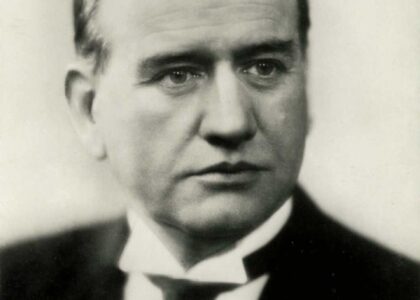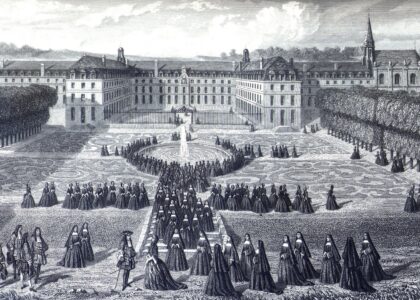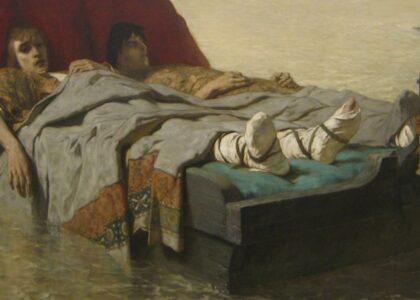Welcome to Huntington State Park, a serene oasis tucked away in the heart of Emery County, Utah. This park is not just a haven for outdoor enthusiasts, but also a place steeped in history, echoing the tales of its early settlers and the lands they transformed. Established in 1966, Huntington State Park was created as part of a broader initiative to enhance recreational opportunities in Utah, spurred by the construction of the Huntington Reservoir. This reservoir was a vital development for water conservation and irrigation, supporting both the local agricultural community and the park’s lush landscapes.
In the late 19th century, the area around Huntington was a bustling hub for early settlers, primarily members of the Church of Jesus Christ of Latter-day Saints. These pioneers, under the guidance of Brigham Young, moved to the Castle Valley region in search of new homesteads. The town of Huntington, named after one of the pioneering families, became an integral part of this settlement effort. The completion of the Denver and Rio Grande Railroad in 1883 further accelerated the growth of Huntington, opening the region to new markets and opportunities.
Though primarily a recreational site today, Huntington State Park is rooted in the broader historical context of Emery County, which thrived on agriculture, coal mining, and power generation. The park reflects the ingenuity of its early inhabitants who harnessed the natural resources of the region to build sustainable communities. Visitors to the park can imagine the lives of those who first called this rugged landscape home, their stories etched into the land much like the petroglyphs found throughout Emery County.
The park’s evolution from a utilitarian reservoir to a cherished recreational area mirrors the transformation of Emery County itself, adapting with the times while preserving its rich heritage. As you explore Huntington State Park, consider the layers of history that have shaped this tranquil setting, from ancient Native American cultures to the industrious pioneers and beyond.




